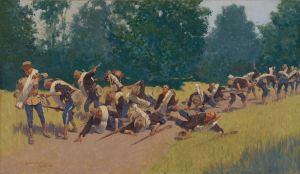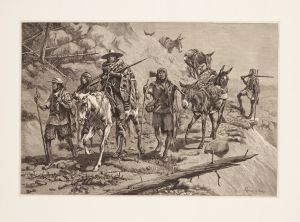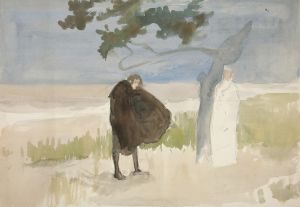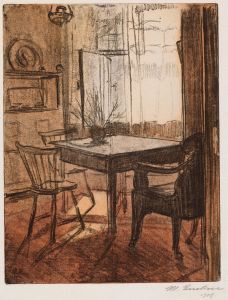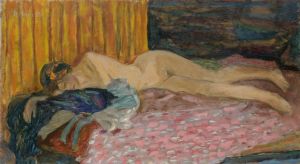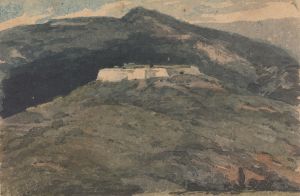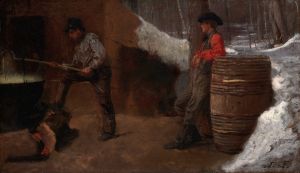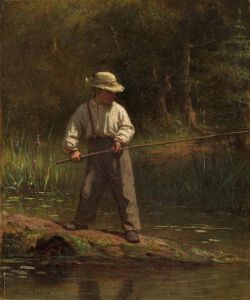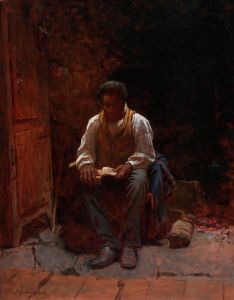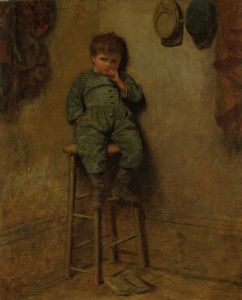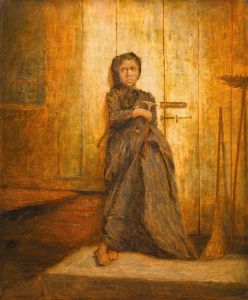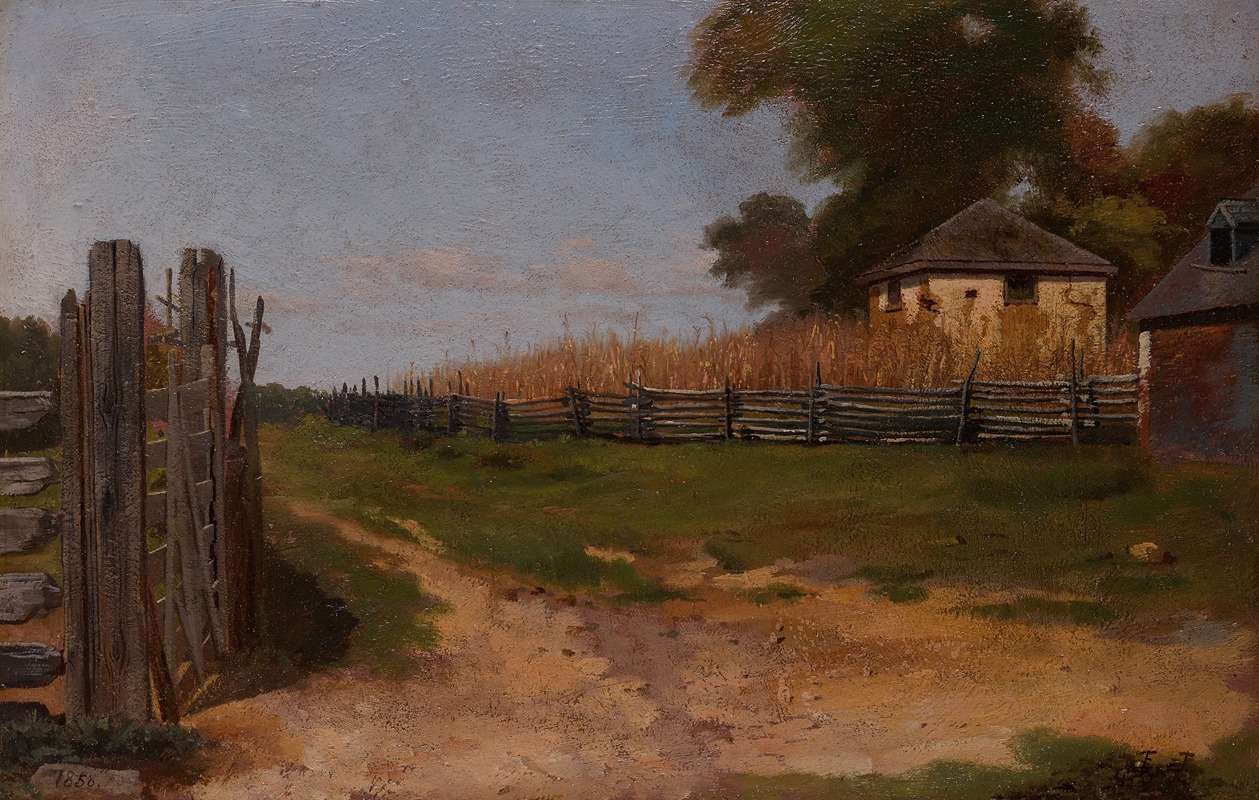
Mount Vernon in 1857
A hand-painted replica of Eastman Johnson’s masterpiece Mount Vernon in 1857, meticulously crafted by professional artists to capture the true essence of the original. Each piece is created with museum-quality canvas and rare mineral pigments, carefully painted by experienced artists with delicate brushstrokes and rich, layered colors to perfectly recreate the texture of the original artwork. Unlike machine-printed reproductions, this hand-painted version brings the painting to life, infused with the artist’s emotions and skill in every stroke. Whether for personal collection or home decoration, it instantly elevates the artistic atmosphere of any space.
"Mount Vernon in 1857" is a painting by the American artist Eastman Johnson, completed in 1857. Eastman Johnson (1824-1906) was a prominent 19th-century American painter known for his genre scenes, portraits, and depictions of everyday life in America. He is often referred to as the "American Rembrandt" due to his skillful use of light and shadow.
The painting "Mount Vernon in 1857" depicts the historic estate of Mount Vernon, the plantation home of George Washington, the first President of the United States. Mount Vernon is located near Alexandria, Virginia, along the banks of the Potomac River. The estate was originally owned by Washington's great-grandfather in 1674 and was expanded by Washington himself during his lifetime.
In this artwork, Johnson captures the serene and picturesque landscape of Mount Vernon, emphasizing its historical significance and natural beauty. The painting shows the mansion house prominently, with its distinctive cupola and colonial architecture. Surrounding the mansion are lush trees and well-maintained gardens, reflecting the estate's grandeur and the care taken to preserve its appearance.
Johnson's choice to paint Mount Vernon in 1857 is significant, as it was during a period when the estate was in a state of decline. After George Washington's death in 1799, the property was inherited by his descendants, who struggled to maintain it. By the mid-19th century, Mount Vernon had fallen into disrepair, prompting the formation of the Mount Vernon Ladies' Association in 1853. This organization, led by Ann Pamela Cunningham, aimed to preserve and restore the estate, eventually purchasing it in 1858.
The painting serves as a historical document, capturing Mount Vernon at a pivotal moment in its history. Johnson's work highlights the importance of preserving national heritage sites and reflects the growing sentiment of historical preservation in America during the 19th century.
Eastman Johnson's "Mount Vernon in 1857" is an example of his broader body of work, which often focused on American themes and subjects. His paintings are characterized by their attention to detail, realistic portrayal of subjects, and the use of light to create depth and atmosphere. Johnson's contributions to American art have been recognized for their cultural and historical significance, and his works are held in various prestigious collections, including the Smithsonian American Art Museum and the Metropolitan Museum of Art.
In summary, "Mount Vernon in 1857" by Eastman Johnson is a historically significant painting that captures the essence of George Washington's estate during a time of transition. It reflects Johnson's artistic talent and his ability to document important American landmarks, contributing to the broader narrative of American history and heritage preservation.





